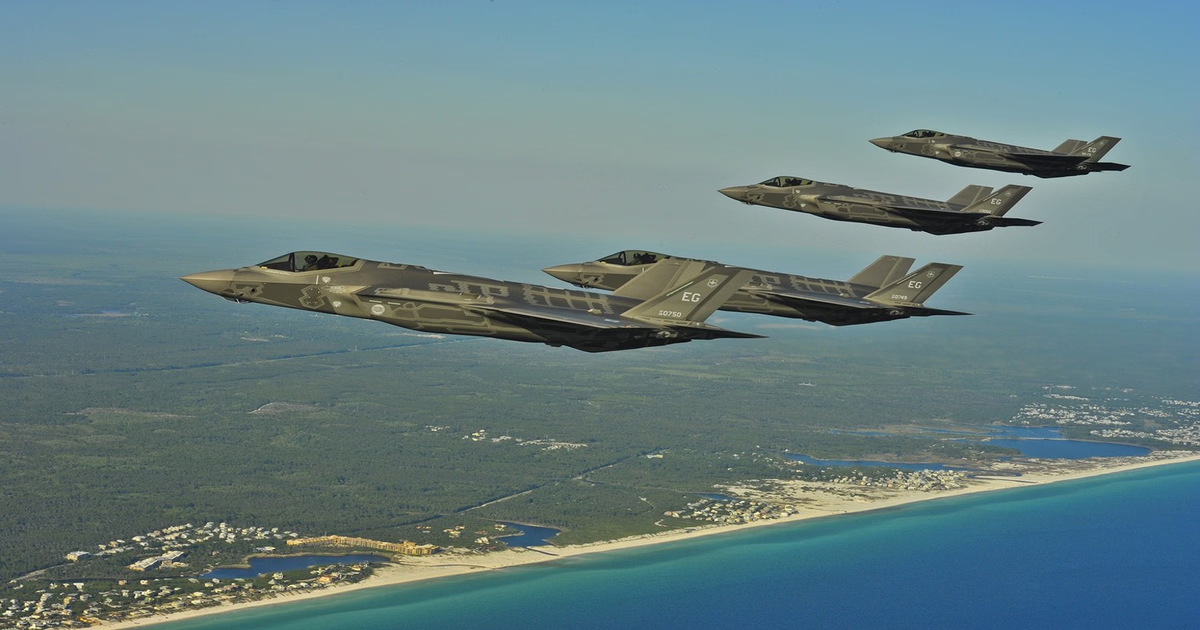Representative Image
Israel intensified its bombardment in Lebanon on Saturday, focusing heavily on Beirut’s southern suburbs, which serve as a stronghold for Hezbollah, and for the first time targeting the Beddawi Palestinian refugee camp near Tripoli in northern Lebanon. The escalation comes as tensions between Israel and Hezbollah, fueled by Hezbollah’s support for Hamas, have surged following Hamas’ deadly attack on Israel on October 7.
The strike on the Beddawi camp resulted in the deaths of a senior Hamas official, his wife, and their two daughters, according to a statement by Hamas. Another military wing member of Hamas was killed in a separate Israeli airstrike in the Bekaa Valley, a region in eastern Lebanon. Israeli officials confirmed that they targeted senior Hamas leaders as well as Hezbollah fighters and military infrastructure in Lebanon, aiming to degrade both organizations’ capabilities.
Rising Civilian Exodus from Lebanon
The intensifying conflict has forced tens of thousands of civilians, including Palestinian refugees, to flee Lebanon. Over 375,000 people have already crossed the border into Syria to escape the airstrikes, according to Lebanese government reports. Many were seen fleeing on foot, especially after Israeli airstrikes damaged key roads, including the route leading to the Masnaa Border Crossing.
Hezbollah’s Retaliation and Ground Clashes
Hezbollah, Iran’s powerful proxy in Lebanon, began launching rockets into Israel immediately after Hamas’ October attack. Daily exchanges of fire between Hezbollah and Israel’s military have resulted in heavy casualties on both sides. Hezbollah’s leader, Hassan Nasrallah, was killed in an Israeli ground operation in southern Lebanon last week. Israel also reported that its soldiers have killed around 250 Hezbollah fighters since ground operations began, while nine Israeli soldiers have also lost their lives in intense battles.
Israel has also launched a series of targeted strikes against Hezbollah’s weapons storage facilities, missile launchpads, and tunnel infrastructure along the Lebanese border.
Escalation in Gaza: More Evacuation Orders Amid Heavy Airstrikes
In Gaza, the violence continues unabated. On Saturday, Israeli airstrikes targeted northern and central areas, killing at least nine people, including two children in the northern town of Beit Hanoun, and others in the Nuseirat refugee camp. Israeli military sources have accused Hamas of operating from civilian-populated areas, making it harder to avoid collateral damage.
Israel has issued additional evacuation orders for Palestinians, especially in areas along the strategic Netzarim corridor. Thousands have been instructed to leave parts of Nuseirat and Bureij camps to move to Muwasi, a coastal area that has been designated as a humanitarian zone. Despite these orders, it is unclear how many civilians remain in these high-risk zones.
Global and Regional Reactions
Iran’s foreign minister, Abbas Araghchi, has called for a cease-fire in both Gaza and Lebanon, although no clear roadmap for negotiations has been laid out. Iran, a backer of both Hamas and Hezbollah, has praised its missile strikes on Israel and vowed further action if necessary. Israel’s military, meanwhile, continues to receive support from its Western allies, as it seeks to neutralize the threat from Hezbollah along its northern border.
Read Also- IDF Prepares ‘Significant’ Strike Amid Growing Middle East Tensions: World War 3 in Progres
FAQs About the Israel-Lebanon War
Q: What is the current status of the Israel-Hezbollah conflict?
A: The conflict between Israel and Hezbollah has escalated significantly. Israel has expanded its military strikes in Lebanon, targeting Hezbollah’s strongholds in Beirut and its military infrastructure in southern Lebanon. Both sides are engaged in daily exchanges of fire.
Q: Why did Israel target Palestinian refugee camps in Lebanon?
A: Israel has targeted camps like Beddawi because senior Hamas military wing members were reportedly hiding there. Israel’s military strategy is to target Hamas and Hezbollah fighters wherever they are operating from.
Q: How many people have been displaced in Lebanon due to the conflict?
A: Over 375,000 civilians, including Palestinian refugees, have fled Lebanon, mostly crossing into Syria to escape Israeli airstrikes.
Q: What role is Iran playing in the Israel-Lebanon conflict?
A: Iran is a key backer of Hezbollah and has praised its forces for launching rockets into Israel. Iran’s foreign minister has called for a cease-fire, but Israel has continued its operations against Hezbollah.
Q: How has Hezbollah responded to Israel’s strikes?
A: Hezbollah has fired rockets into northern Israel and engaged in ground clashes with Israeli soldiers. Israeli forces have reported killing around 250 Hezbollah fighters during ground operations.
The Israel-Lebanon conflict remains highly volatile, with both sides intensifying their military actions. Thousands of civilians continue to be caught in the crossfire, fueling fears of a broader regional escalation.
